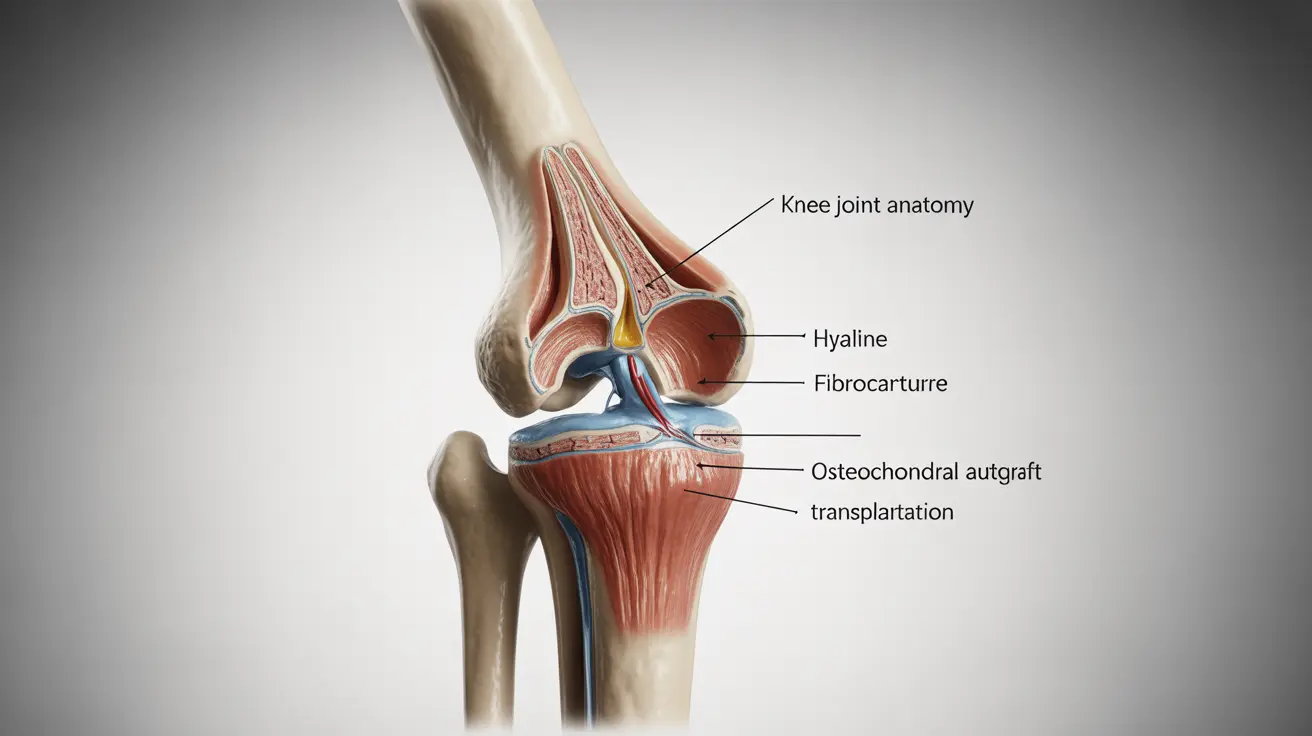High Prothrombin Time (PT) levels indicate that the blood is taking longer than normal to clot. This can have several important implications:
- Potential Causes of High PT Levels:
- Liver Disease: The liver produces proteins essential for blood clotting. When liver function is impaired, these proteins may not be made effectively, leading to prolonged PT.
- Blood-Thinning Medications: Drugs like warfarin are designed to slow down the clotting process, intentionally raising PT to reduce the risk of blood clots.
- Vitamin K Deficiency: Vitamin K is critical for producing clotting factors. A deficiency, due to poor diet or malabsorption, can prolong PT.
- Genetic Clotting Disorders: Certain inherited conditions, such as hemophilia or von Willebrand disease, can extend clotting times.
- Interpreting High PT Levels:
- Mild Elevation: This may be linked to minor factors like medication or diet. Monitoring and adjusting treatment is often sufficient.
- Significant Elevation: If PT is very high, it may indicate a serious problem like advanced liver disease or a major clotting disorder.
- Treatment Options:
- Medication Adjustments: Blood-thinning medications may need to be modified based on PT levels.
- Vitamin K Supplements: If the cause is related to a vitamin K deficiency, supplements can help restore normal clotting function.
- Coagulation Factor Replacement: For those with genetic conditions, replacement therapies may be necessary to manage bleeding risks.
Recommended Tests:
- Complete Blood Count (CBC): To assess overall blood health, including red and white blood cell levels, which can be impacted by clotting disorders. CBC Test
- Liver Function Test: Since liver disease can influence PT levels, this test helps evaluate the health of the liver. Liver Function Test






